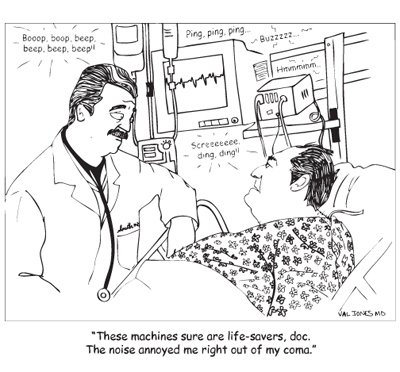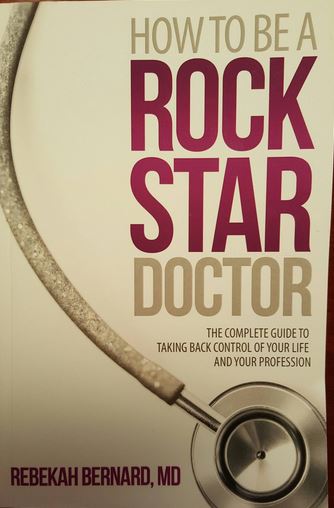April 22nd, 2010 by Berci in Better Health Network, Research
No Comments »

I recently come across Scitable, a Nature Education initiative, that aims to bring together a library of scientific overviews with a worldwide community of scientists, researchers, teachers and students. From Scitable:
[Scitable is] a free science library and personal learning tool brought to you by Nature Publishing Group, the world’s leading publisher of science. Scitable currently concentrates on genetics, the study of evolution, variation, and the rich complexity of living organisms.
*This blog post was originally published at ScienceRoll*
March 25th, 2010 by Berci in Better Health Network, Opinion, Research
No Comments »

 As I’m doing my PhD in clinical genomics, I’m really interested in the connection between the Internet and medicine. I was happy when Pathway Genomics, one of the newest direct-to-consumer genetic companies, offered me a free genetic test.
As I’m doing my PhD in clinical genomics, I’m really interested in the connection between the Internet and medicine. I was happy when Pathway Genomics, one of the newest direct-to-consumer genetic companies, offered me a free genetic test.
After an interview I did with them, I sent my saliva sample back and 3-4 weeks later, I received an email that my results were ready. This is my experience and the things I found interesting. As I got a free test from Navigenics a year ago, I plan to compare these services. I was very interested in the service of Pathway Genomics because of what they analyze:
1) Sampling: It was quite an easy process with only a few papers to fill (though it’s always hard to solve FedEX issues from Europe) and clear instructions. A video about a patient showing the whole process in 1-2 minutes, including saliva collection and filling out the paperwork, would be useful.
2) Preparations: I liked that I had to complete a questionnaire focusing on my lifestyle and patient history (Your Environment and Lifestyle, The Shape You’re In, and You and Your Family). As family history is the best genetic test out there, so it’s important to use that data while analyzing genetic results. Though, I couldn’t calculate my BMI (couldn’t use kg and centimeter) and the family history application wasn’t working for me. Read more »
*This blog post was originally published at ScienceRoll*












